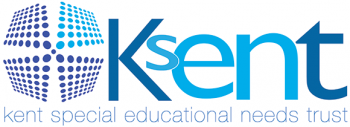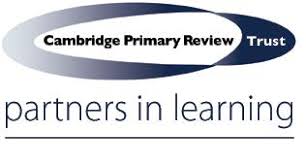PE & Swim
P.E. & Swim
What is our curriculum intent?
In P.E. and swim, we deliver a curriculum that supports students’ health, wellbeing, and fitness, so that students can fulfil their own individual potential. In P.E., we aim to inspire all children to take part in a range of activities, which they can confidently access. We promote independence through sporting activities, by ensuring that every activity is adapted for our students. The curriculum allows students to build and develop their interpersonal skills such as communication, leadership, problem solving, resilience, sportsmanship, gratitude, confidence, and teamwork. Physical education aims to instil a positive approach towards physical activity and promotes the benefits of sport to each student’s wellbeing. In swim, we intend to develop individual skills including physical management out of chair, as well as developing a swimming technique in some of the more competent swimmers. Therefore, all P.E. and swim lessons are always fully inclusive and meet students’ individual needs. Where possible, we embed opportunities to complete recognised qualifications into the curriculum for students, who can access them. These qualifications include AQA Unit Awards and the LSF volunteers award. In both P.E. and swim, success is celebrated, and failure is embraced and learned from to help promote resilience and positivity.
How does the delivery of our curriculum differ between the pathways?
In the Galaxy and Keller pathways, there are personalised targets, which are linked to students’ EHCP and Impacts Targets. Target setting ensures that the activities meet students’ developmental needs. In the Simmonds and Hawking pathways, differentiation is used in a range of ways to stretch and challenge students. For example, an activity can be more challenging if students do it for a longer amount of time. furthermore, we can use more challenging equipment, including larger/smaller equipment or heavier/lighter equipment. We can also increase or decrease the amount of teacher support we provide or increase the independence of the learners and make them more accountable for their learning. With the older students, we also encourage opportunities to take on leadership roles, be coaches or captains, and be vocal in their approach to lessons to further demonstrate their understanding. Students can also provide feedback to each other to help improve both themselves and others. Lastly, where possible, we can offer a range of progressively more challenging activities to ensure there is something to meet the needs of all students. In the Simmonds pathway, all students have access to a minimum of 3 hours of Physical Education a week. In the Hawking Pathway, students have a minimum of 2 hours a week, which is adapted and modified to a high quality. Hawking students are inspired to 'Be Active, Enjoy and Achieve' in which 'Competition' and leading a 'Healthy Active Lifestyle' are positively promoted.
Do our students have access to learning opportunities outside the classroom?
The P.E. department aims to reconnect with the local sporting community via club links and local school competitions in the KSENT network and beyond. Competing against other schools provides opportunities to develop competitive experiences, leadership skills, and communication both with peers and others. We also provide club links externally and support students to access these opportunities. To enrich students’ sporting experiences outside the classroom, they can take part in lunch time and after school clubs, such as sailing, skiing, boccia, table cricket, powerchair football, wheelchair rugby, and orienteering. The termly house competitions allow students to work together with students from different year groups to compete against each other in the different sports offered across the curriculum. We provide opportunities for all students to engage in a range of sports, so that all students can access something.





